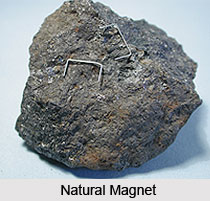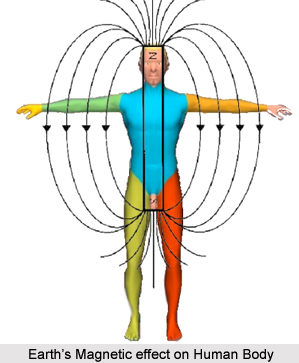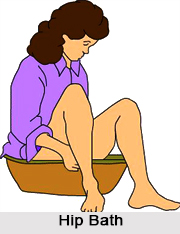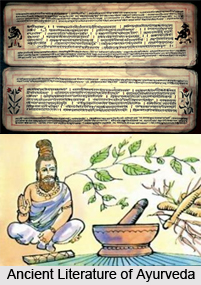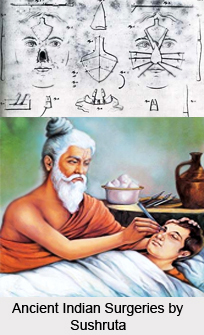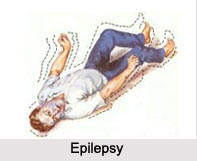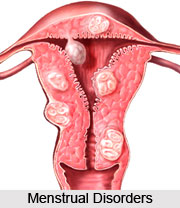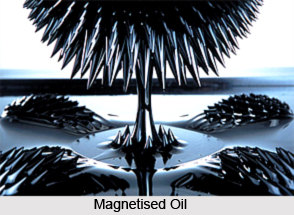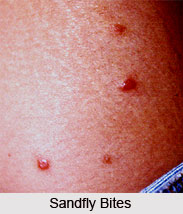 Sandfly fever is also known as Three-day fever and this is named as because of its duration. This is a short and sharp fever. It is common at the junction of the seasons, and is endemic to the northern regions of India, particularly Punjab, Delhi, Western U.P., and Madhya Pradesh.
Sandfly fever is also known as Three-day fever and this is named as because of its duration. This is a short and sharp fever. It is common at the junction of the seasons, and is endemic to the northern regions of India, particularly Punjab, Delhi, Western U.P., and Madhya Pradesh.
Causes and Symptoms: Sandfly fever is caused by the sandfly. This is a small, hair midge called Phlebotomus papatasi, which ordinarily infests refuse heaps. The cardinal symptoms of the disease can be mentioned as headache, feverishness, a flushed face, and general sensations. An influenza patient has bloodshot eyes but usually no catarrh. The temperature goes up to 40°C and returns to normal after three days; sometimes, there may be a relapse. The pulse is weak and thready.
Medicines & Prescriptions: Hinguleshwar should be taken 120 mg, 180 mg of Godanti Bhasma, and 240 mg of Amritasatva should be taken four times a day with honey.
Diet and Other Regimen: As no digestive disorders accompany this fever, the dietary restrictions are a little relaxed. Even so, soft and easily-digestible foods are recommended.
The patient must ensure that he gets proper rest, and also clears his bowels normally. In case of constipation, a suppository or a mild laxative is recommended.





